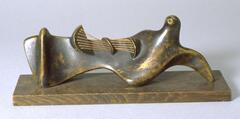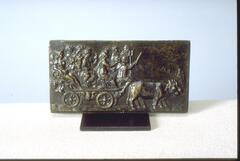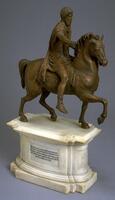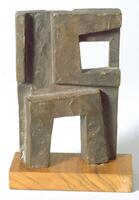27 UMMA Objects
27 UMMA Objects
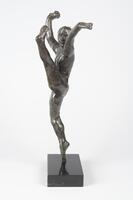
Auguste Rodin (French (culture or style))
Dance Movement A
1911 – 1956
Gift of the Kurt Delbanco Trust in honor of Nicholas Delbanco, and partial purchase
2011/1.71
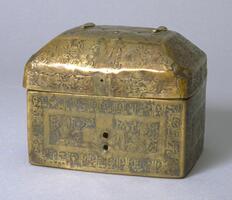
Iranian (Iranian)
Casket with inscription in floriated Kufic script
12th century
Museum Purchase
1959/1.113
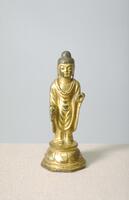
Korean (Korean (culture or style))
Standing Buddha in Abhaya-vara mudra
676 – 935
Museum purchase for the James Marshall Plumer Memorial Collection
1961/2.80
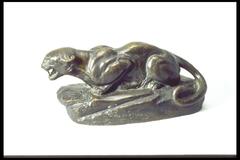
Edward Kemeys (American (North American))
Snarling Leopard
1907
Bequest of Margaret Watson Parker
1955/1.142
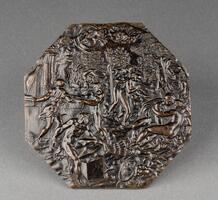
Jacob Cornelisz Cobaert
The Discovery of Mars and Venus
1602 – 1621
The Paul Leroy Grigaut Memorial Collection
1969/2.158

Mirko (Italian (culture or style))
La Grande Maschera
1957
Gift of Scott Hodes and Maria Bechily-Hodes
2015/2.84
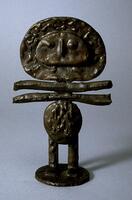
Chet Harmon La More (American (North American))
Girl with French Loaves
1959
Gift of Mrs. Mary T. LaMore
1981/2.111

Max Ernst (German (culture or style))
Janus Bird (Oiseau Janus)
1973
Gift of Al and Margaret Coudron
1987/1.160
Loading…
